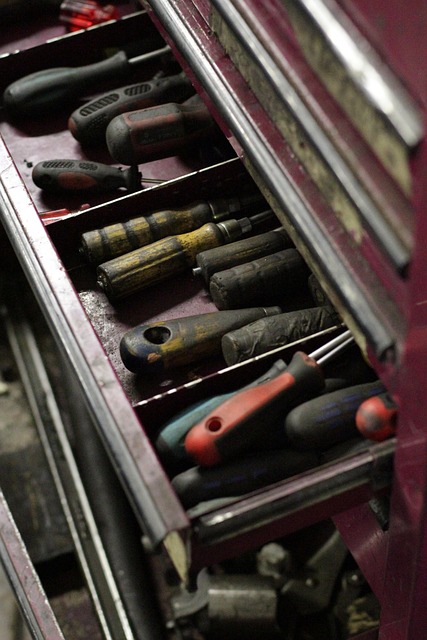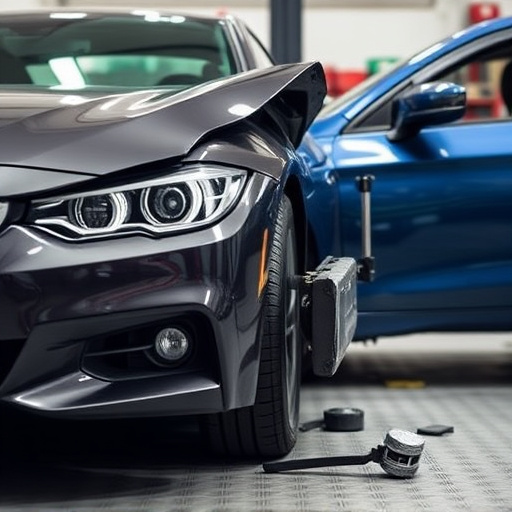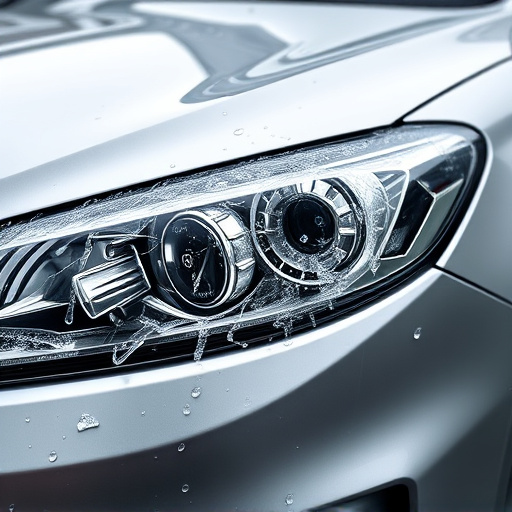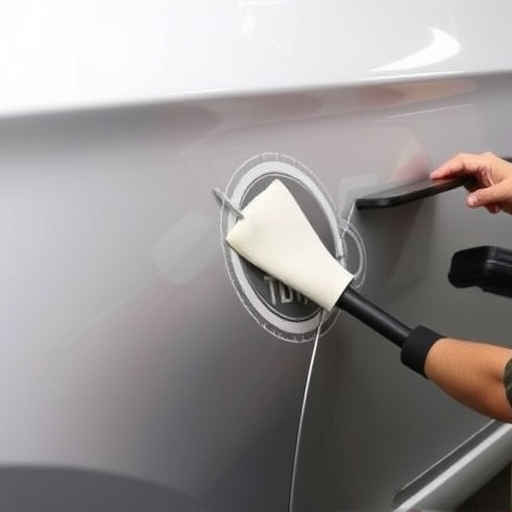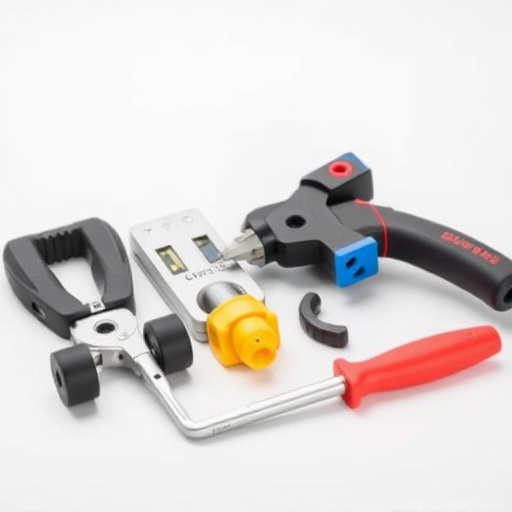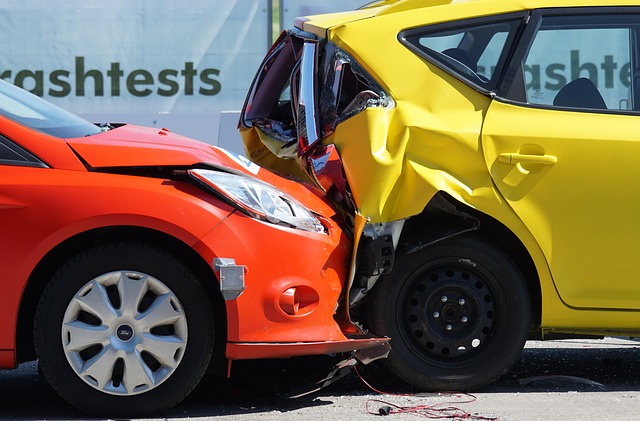Frame straightening services are vital for auto body repairs, ensuring structural integrity and safety after accidents. Aftermarket frames offer cost-effectiveness but may compromise precision, while OEM (Original Equipment Manufacturer) frames provide superior quality and better resale value. Choosing the right parts—aftermarket or OEM—is crucial for vehicle restoration, balancing quality, cost, and compatibility to achieve optimal performance and safety standards.
“In the automotive industry, a straight frame is crucial for vehicle safety and performance. This article explores the art of frame straightening services, delving into their intricacies and the distinct choices between aftermarket and original equipment manufacturer (OEM) frames.
We’ll dissect the process, highlight key differences, and provide insights on considerations for exceptional frame repair, ensuring your vehicle’s structural integrity and optimal functionality.”
- Understanding Frame Straightening Services
- Aftermarket vs OEM Frames: Key Differences
- Considerations for Optimal Frame Repair and Restoration
Understanding Frame Straightening Services
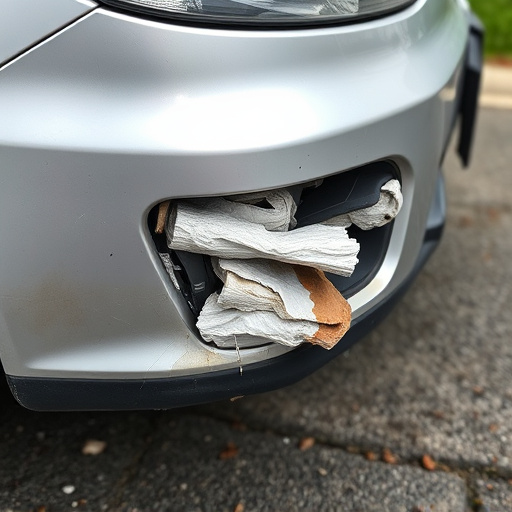
Frame straightening services play a vital role in auto body repairs, especially when dealing with damage that affects a vehicle’s structural integrity. These services involve meticulous processes to realign and reshape metal frames back to their original specifications. Whether it’s a result of an accident or regular wear and tear, a frame straightening service can restore a car’s safety and handling capabilities.
For those considering options, understanding the difference between aftermarket and OEM (Original Equipment Manufacturer) frame straightening is crucial. Aftermarket services often offer more flexible pricing but may not match the precision of OEM repairs. In contrast, OEM parts come directly from the vehicle manufacturer, guaranteeing original quality and compatibility, although at a higher cost. When it comes to mercedes benz repair or any high-end auto body repairs, choosing the right frame straightening method ensures optimal performance and longevity for tire services and overall vehicle health.
Aftermarket vs OEM Frames: Key Differences
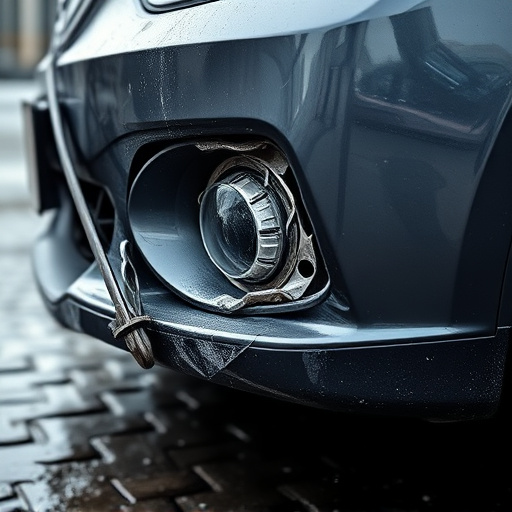
When considering a frame straightening service, one of the primary distinctions lies in the difference between aftermarket and original equipment manufacturer (OEM) frames. Aftermarket frames, often used for vehicle collision repair after a fender bender or more severe accident, are typically less expensive than OEM parts. These frames are designed to fit various makes and models, offering a cost-effective solution for many auto body shops and vehicle owners. However, they may not always provide the precise structural integrity and precision of OEM frames.
OEM frames, on the other hand, are manufacturer-specific and designed with the exact specifications for a particular vehicle model. They ensure a seamless fit and can enhance the overall safety and resale value of the vehicle. While more expensive, OEM frames offer superior quality and performance during auto glass replacement or other repair processes, ensuring the vehicle returns to its original condition and safety standards after a collision.
Considerations for Optimal Frame Repair and Restoration

When considering optimal frame repair and restoration, several key factors come into play. Choosing between aftermarket or original equipment manufacturer (OEM) parts for a frame straightening service is a significant decision that can impact both the quality of the repair and the overall cost. Aftermarket parts, often more affordable, may offer varying levels of durability and precision compared to OEM components. The latter are designed specifically for a particular vehicle model, ensuring a seamless fit and superior structural integrity.
In an auto body shop, the goal is to restore the vehicle’s frame to its pre-accident condition, maintaining or improving its original specifications. This involves careful assessment, precise measurements, and either replacing damaged sections with new OEM parts or using advanced frame straightening techniques to realign the metal without compromising strength. Opting for high-quality aftermarket components can be a viable option when cost is a primary concern, but it’s essential to ensure they meet industry standards and are compatible with the vehicle’s overall design and safety features.
When considering frame straightening services, whether aftermarket or original equipment manufacturer (OEM) frames are used, understanding the key differences is crucial. Aftermarket frames offer cost-effectiveness and customization options, while OEM frames ensure superior quality, precision, and warranty support. For optimal frame repair and restoration, it’s essential to weigh these factors against your budget, desired outcome, and vehicle’s make and model. Choosing the right frame straightening service, whether aftermarket or OEM, can significantly impact your vehicle’s safety, performance, and resale value.
